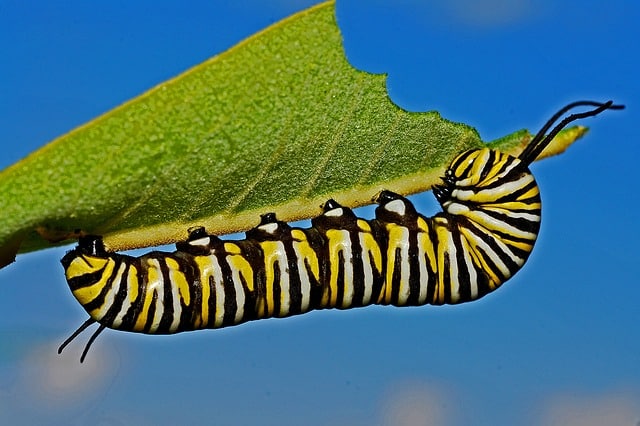
They're fat, colorful, and full of carotenoids. And they may just be the key critter that your yard needs to boost its biodiversity. Yes, we’re talking caterpillars.
And we never really thought a great deal about them either. That is until we read author and insect expert Doug Tallamy's (fantastic) book Nature's Best Hope. It's indisputable that insect populations are in decline, which does not bode well for other organisms that depend on them, like us. Insects are the primary means by which the food created by plants from the sun is delivered to animals— part of the elegant food web.
With possibly 10 million species of insects to consider in the world, why focus on caterpillars (and bees by the way)? Because these critters are key players in the food web contribute the most energy to local food webs.
Caterpillars play a huge role in the local food web. And one of the best parts about helping them out is that your child will learn so much about them just by watching these amazing critters develop into the butterfly beauties they are meant to be!
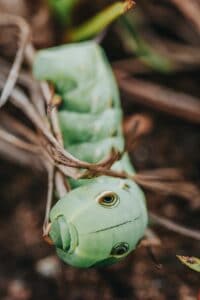
Caterpillars are of course the larval stage of butterflies and moths. Their soft bodies and thin and flexible exoskeleton make them digestible and so a main component of North American birds' diets, particularly when birds are rearing their young. Without a hard chitinous exoskeleton, caterpillars are more nutritious than other insects. Caterpillars are also high in protein and fats. When you think that most of North America’s s non-water bird species (96%) rear their young on insects rather than seeds and berries and that most of those insects are caterpillars or adult moths, you see that caterpillars are so important to breeding birds that many species may not be able to breed in habitats that do not contain enough caterpillars.
What's very unique about caterpillars and necessary for a bird's diet is they are vital sources of healthy carotenoids. These substances stimulate immune systems, improve color vision, sperm vitality, antioxidants, protect proteins and DNA from damage. Carotenoids are also responsible for the colorful feather pigments birds need for attracting a mate. Caterpillars are carotenoid hotspots—they contain twice as many carotenoids as other insects.
So birds need caterpillars to survive and raise their young. And they need them in abundance because nestlings eat a lot! One study Tallamy highlights in Nature's Best Hope is one in which researchers studied the Wilson’s warbler. The researchers found that parents were feeding nestlings over 800 times a day or over 4000 caterpillars in five days!
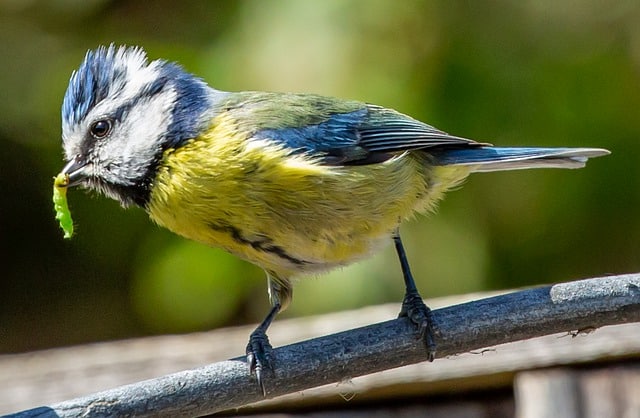
Caterpillar ID and field observation are excellent skills to practice to bring out the naturalist in your child. Learn the most common species you might find munching on the greens in your yard if you live in the UK here and in North America here. And, check out our field observation download below!
Caterpillar Field Sheets
Downloadable field sheets to learn caterpillar body parts and draw one in the wild!
So how can families help? As Tallamy suggests, they can see their yard or any green space they control as part of a Homegrown National Park with plantings optimized for enhanced biodiversity. And to increase the population of caterpillars in your yard, your family will need to provide caterpillars with the right plants to enable their survival.
“There are millions of people who put out bird food all winter long and during the summer they starve the birds by the way they landscape because they don’t see the connection.”- Dr. Doug Tallamy
As a family project this spring, give your yard or green space a nature makeover. You might think you've got enough plantings in your yard so you're good. But, if you start looking into what's in your backyard, you might be surprised at the actual biodiversity health of your yard, which is much different than the attractiveness, neatness, or curb appeal of your green spaces. Actually, only about 5 percent of local plant genera host 70-75 percent of local butterfly and moth species.
When creating a healthy home for caterpillars and other insects, introduced, or nonnative, are not the best choice. In one study, researchers who followed breeding chickadees in the suburbs of Washington DC found that yards dominated by introduced plants produced 75 percent less caterpillar biomass and were 60 percent less likely to have breeding chickadees at all. While a plant like the butterfly bush sounds like the ideal way to encourage caterpillars and butterflies, butterfly bush is actually an invasive shrub and supports the development of only one of North America’s 725 butterfly species. Whereas white oaks can support hundreds of species of caterpillars.
So what should you plant? Native species are key to the survival of hundreds of species. If you live in the US, the NWF’s plant finder database will let you search by zip code to find plants that host the highest numbers of butterflies and moths to feed birds and other wildlife where you live. And don't forget groundcovers planted under trees which make perfect sites for moths to complete development as pupae as they like to migrate from the tree they fed on as a caterpillar to a different site for pupae development. Great pupae plantings include such species as pachysandra, phlox, foamflower, or ginger.
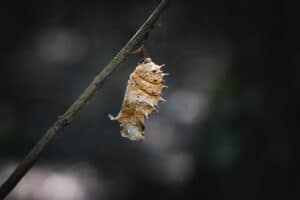
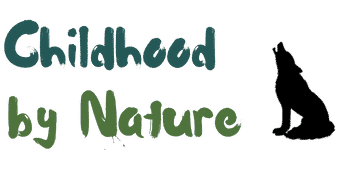
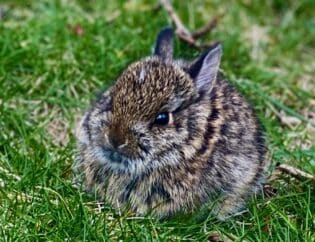

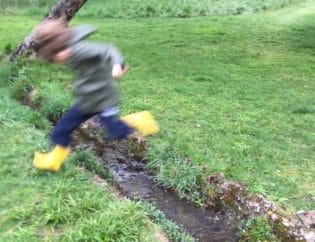
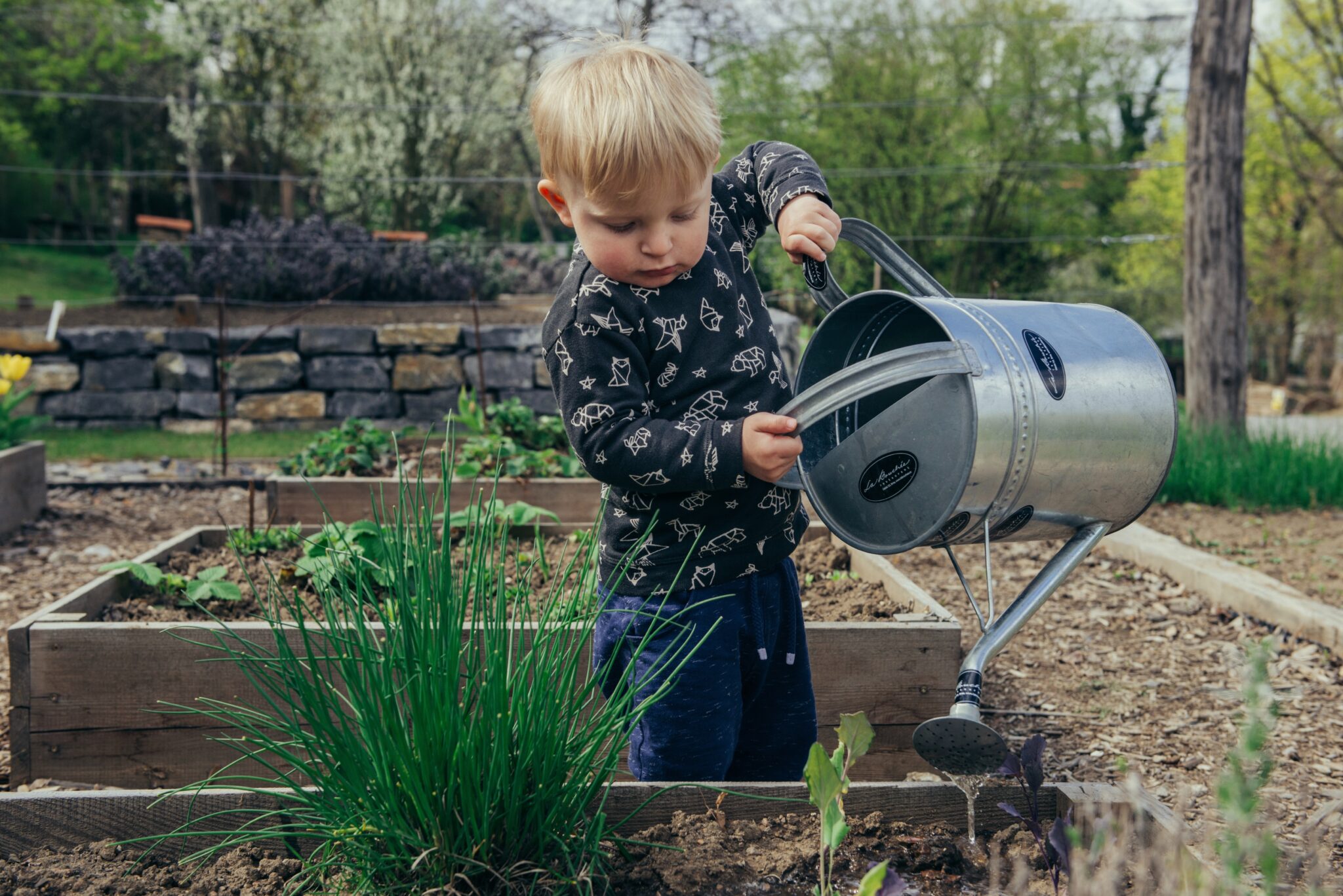
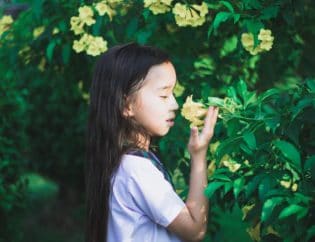

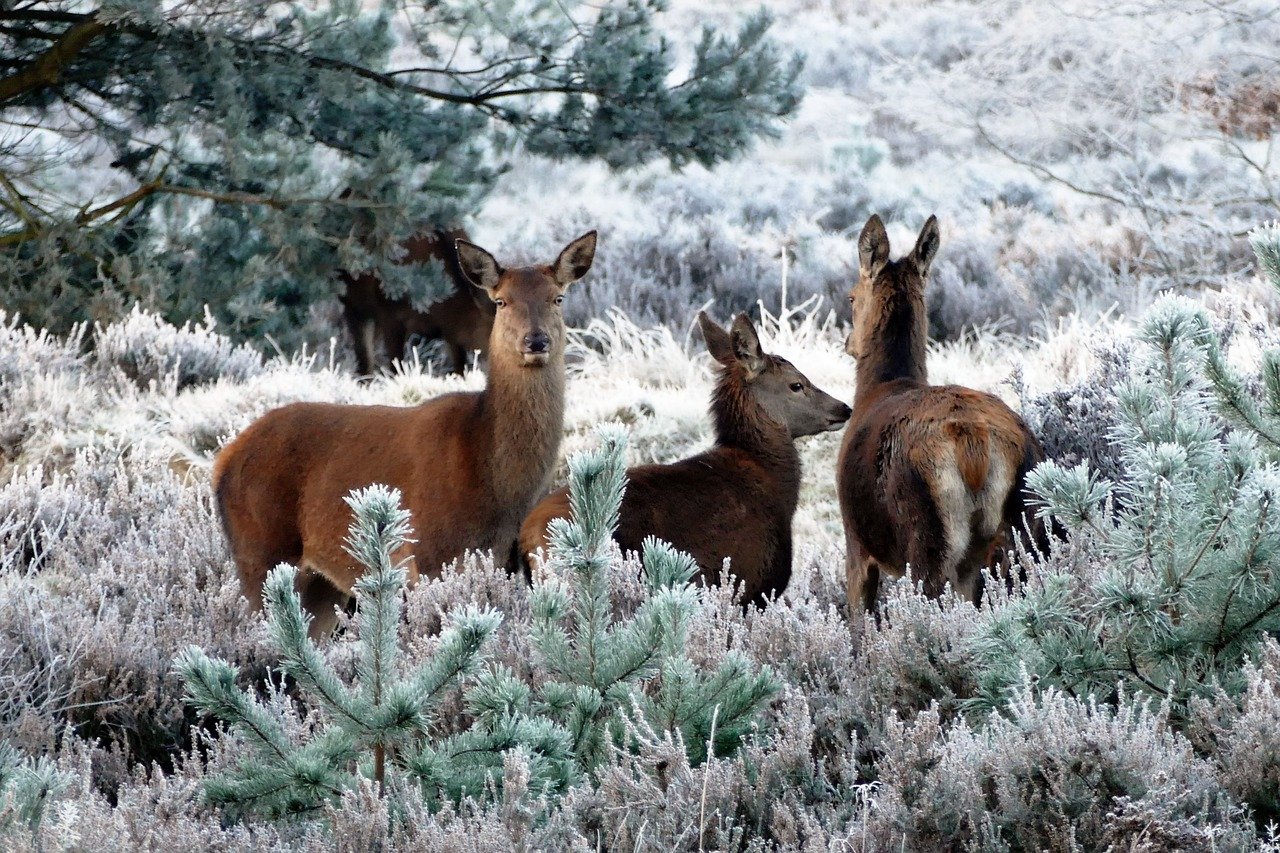
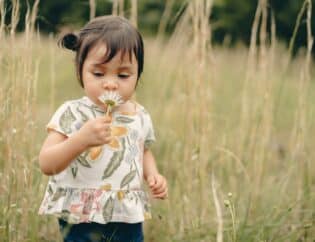

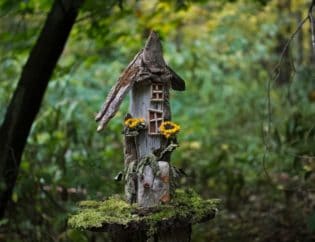
Thank you for this! So many people want butterflies in their yards, but not caterpillars, not realizing that they are the same animal.
Absolutely!!